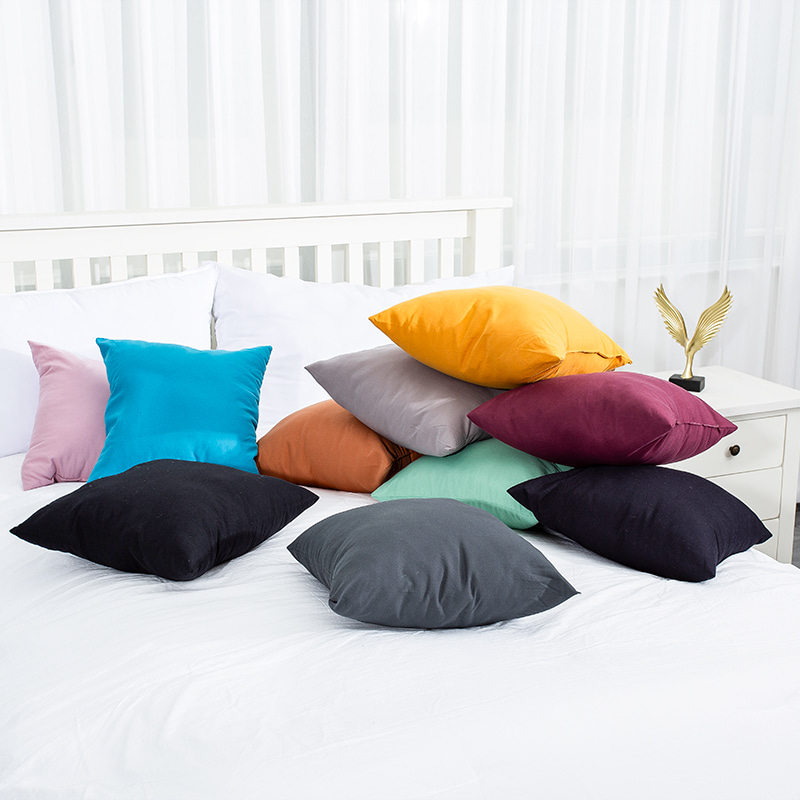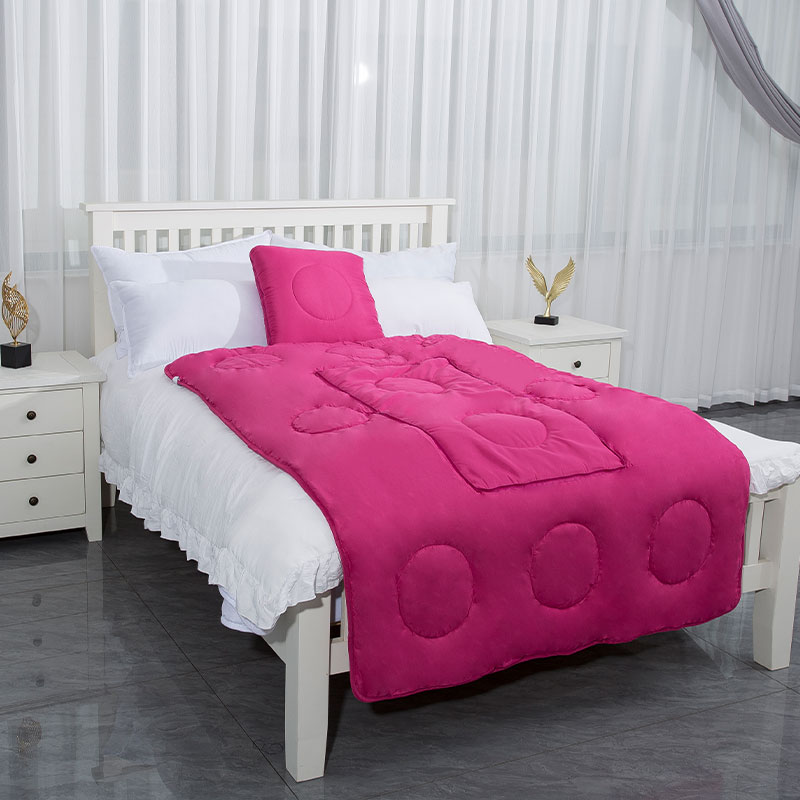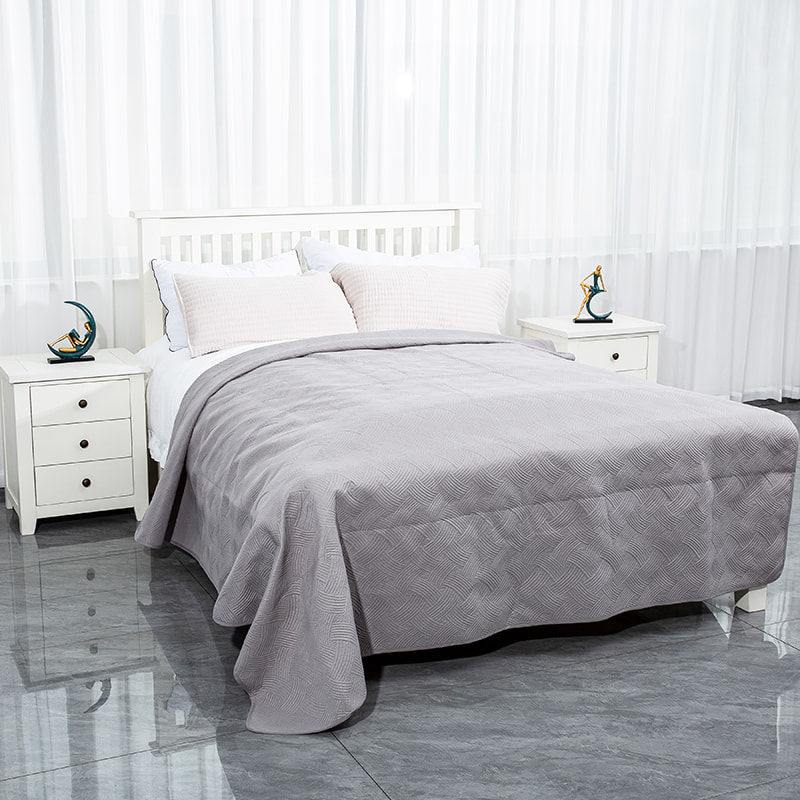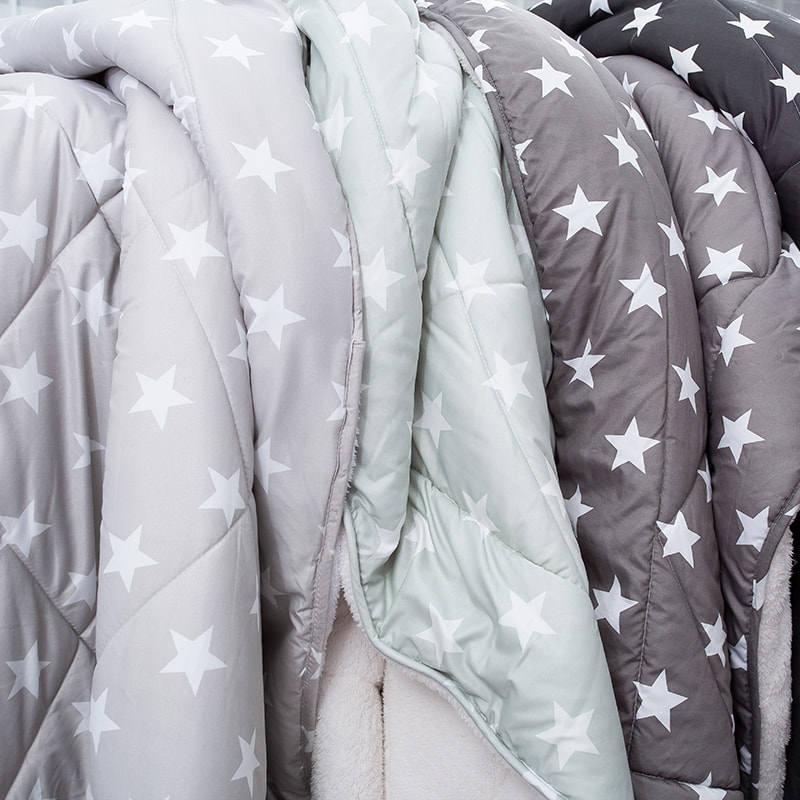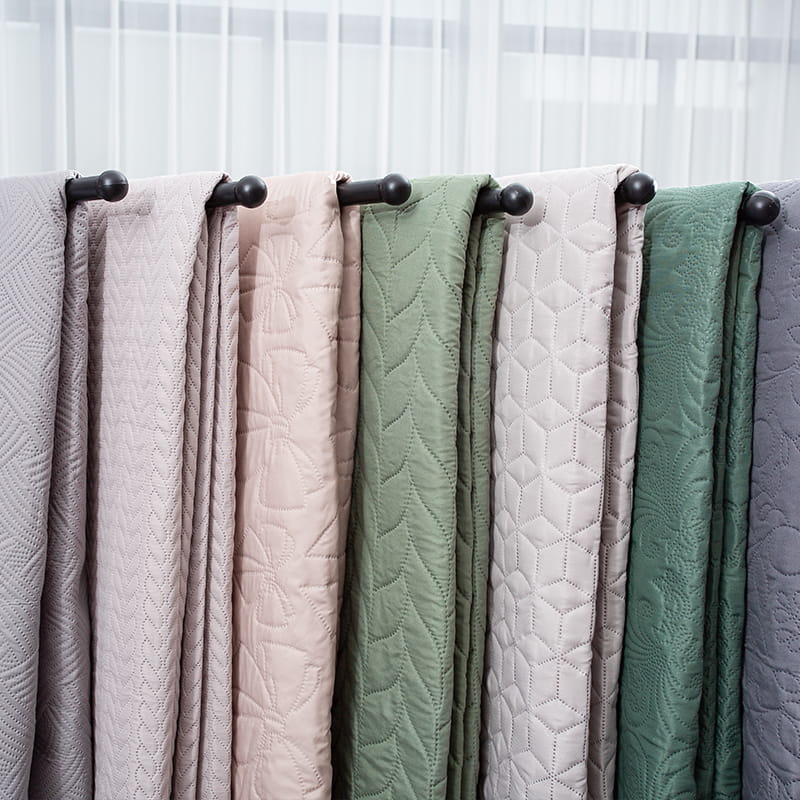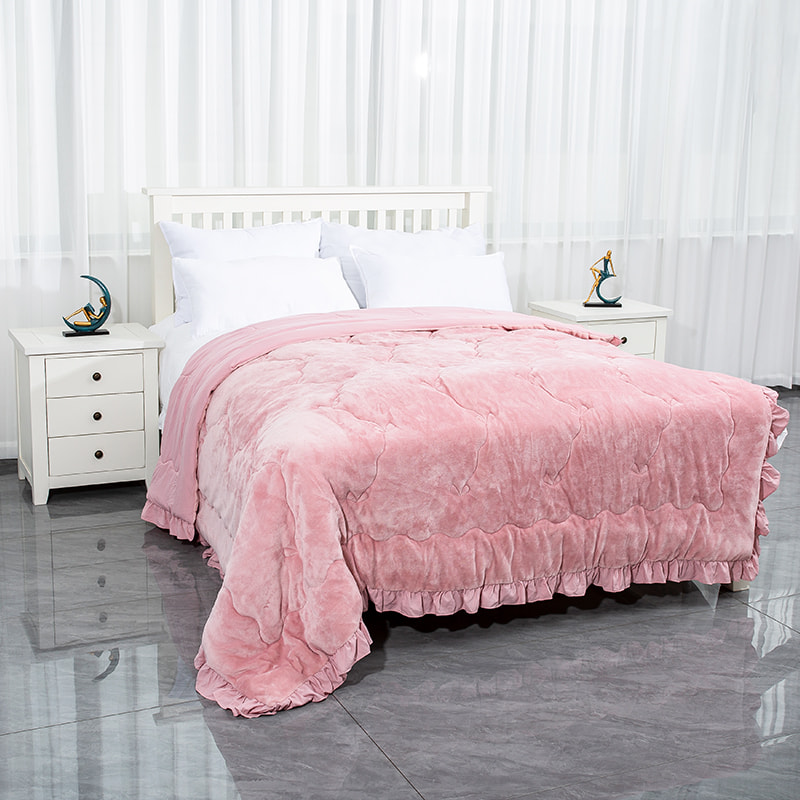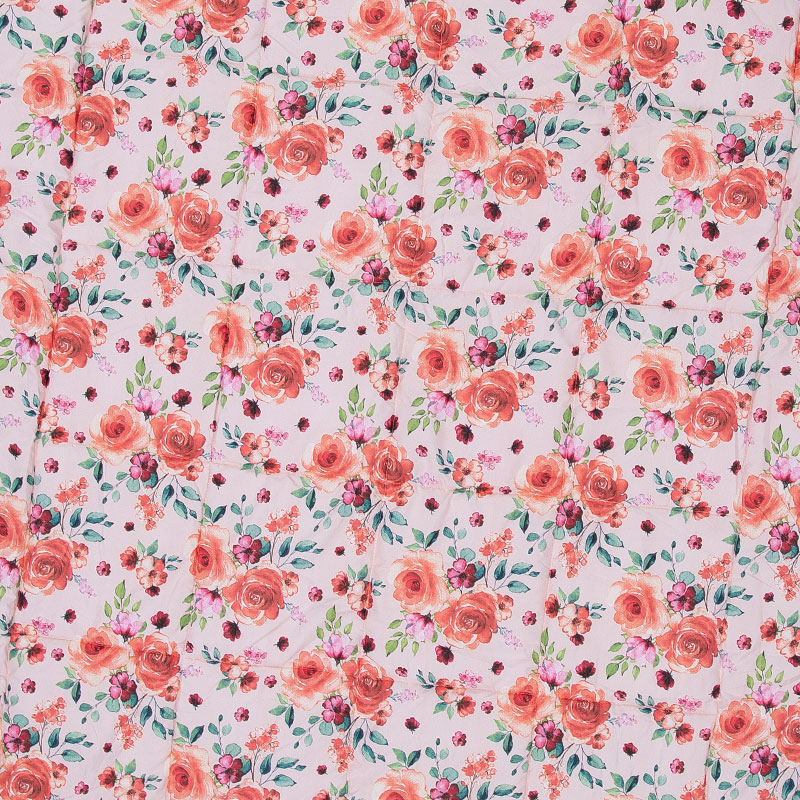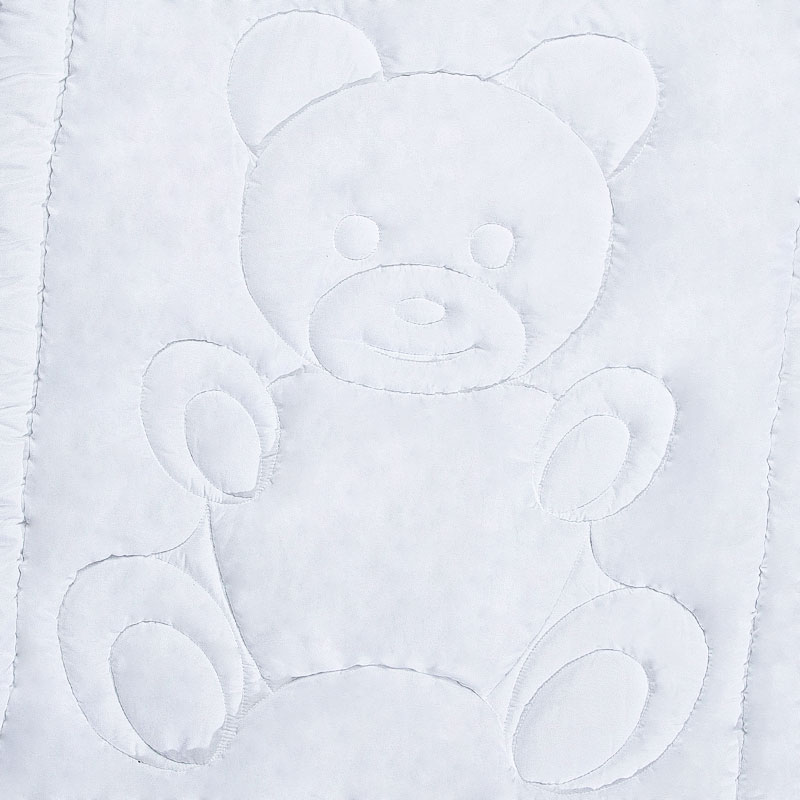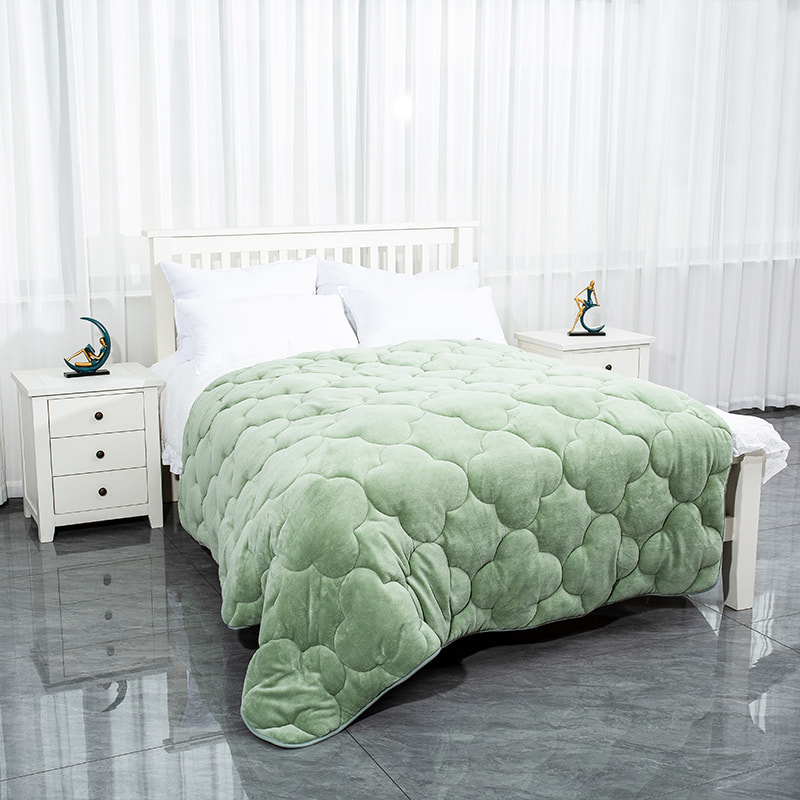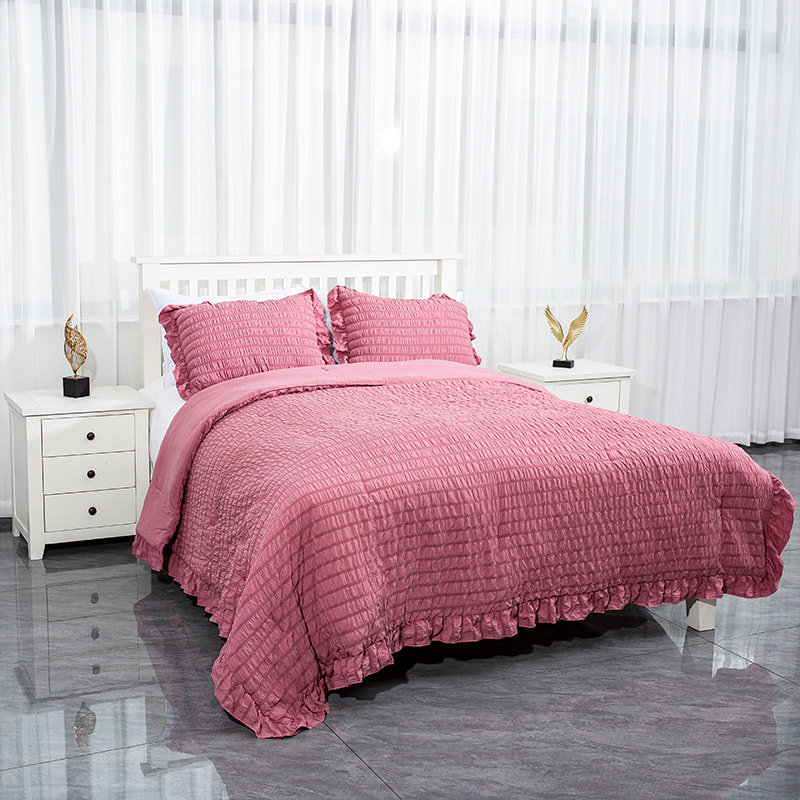Seersucker Quilt: Ingenious Creation of Three-Dimensional Texture
The seersucker quilt breaks the limitation of the single touch of traditional fabrics with its unique texture structure. Through its exquisite physical structure, it achieves a perfect balance between softness and support, bringing users a tactile enjoyment of sleep with both comfort and texture. This innovative tactile experience not only comes from the combination of materials and craftsmanship, but also shows the in-depth application of ergonomics in home textile design.
The three-dimensional texture of the seersucker quilt is essentially a natural pressure dispersion system. Its irregular "bubble" structure on the surface, when in contact with the human body, the air layer inside is like countless micro-cushions, which can evenly disperse the pressure applied by the body to a larger area. Compared with traditional smooth fabrics, the latter is prone to excessive local pressure due to the concentrated contact area, resulting in a sense of tightness and oppression, while the seersucker quilt effectively alleviates this discomfort through the elastic deformation of the air layer. In the side sleeping scenario, the protruding bones of the shoulders and hips of the human body are very likely to feel sore under traditional quilts, but in the seersucker quilt, these stress points will sink into the air layer between the "bubbles", and the pressure will spread to the surroundings through the flow of air, which will significantly reduce the pressure in the contact area. This pressure dispersion mechanism greatly reduces the frequency of turning over, helping sleepers maintain a more continuous and stable sleep state.
When the fingers gently touch the surface of the quilt, the raised "bubbles" produce elastic deformation when stressed, and rebound lightly like clouds, conveying a soft and delicate touch. This touch is different from a simple soft material - although the latter can provide a sense of fit, it lacks the necessary support; the air layer retained in the concave part of the seersucker quilt forms a reverse support force when the fingers press, so that the hand will not lose the tactile feedback due to excessive sinking into the fabric, and can get just the right support. This hard and soft tactile experience meets the strict requirements of consumers for high-quality bedding: it must be as soft and skin-friendly as baby skin, and it must have the structural support to maintain the shape of the fabric.
From an ergonomic point of view, the touch design of the seersucker quilt is more in line with the human body's sleep needs. During sleep, the subtle movements and posture adjustments of the human body require the bedding to have dynamic adaptability. When the texture structure of seersucker is under pressure, the air layer between the "bubbles" will be adaptively adjusted according to the size and direction of the pressure: when the pressure is high, the air layer is compressed to enhance the support; when the pressure is reduced, the air layer recovers and returns to a soft state. This dynamic response characteristic enables the quilt to seamlessly fit the body curve under different sleeping postures, whether it is the natural support of the spine when lying flat or the flexible wrapping of the joints in a curled-up position, it can provide a consistent and comfortable touch. The undulating texture of the fabric surface can also gently massage the skin, promote blood circulation, and further enhance the relaxation effect of sleep.
With its unique texture structure, the seersucker quilt sublimates the touch experience from a simple material feeling to a combination of function and aesthetics. Through the precise balance between softness and support, the pain point of the single touch of traditional bedding is solved. Based on ergonomics, it creates an ultimate tactile experience for sleepers that meets the physiological needs and psychological expectations, redefining the tactile standard of high-quality bedding.

 English
English 中文简体
中文简体 Español
Español previous post
previous post
